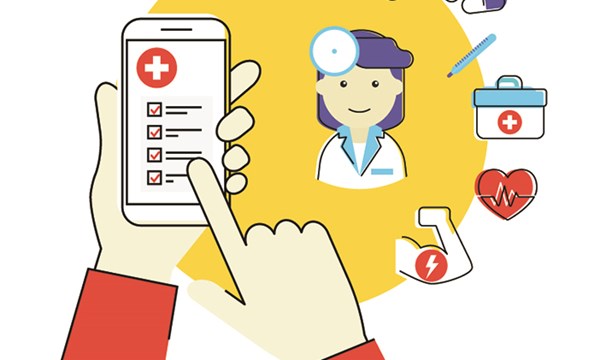I'm one of those people who collects too many apps, most of which never get used. However, during my third-year EM clerkship and my fourth-year EM sub-I rotations, I identified a few apps that I reference nearly every time I work a shift in the ED. So, despite the fact I carry way too many unused apps on my phone, below are 3 free apps I use on a regular basis.
WikEM – Emergency Medicine Wiki
The app pulls from the online wiki/ database geared toward emergency medicine. The website www.wikiem.org is one of my favorites, and I always have it pulled up on my desktop in the ED. This app is free of charge and fully functional in its free version. There are a few in-app purchases, that add some nice luxuries (not really necessary for the medical student). In-app purchases include “Favorites and Lists” for $5.99 and “Personal Notes” for $0.99.
Some features of this app include “Search,” which can be sued to look up pretty much anything clinically EM-relevant. For example, a search for “Appendicitis” provides information on background, clinical features, physical exam, clinical exam, and operating characteristics (ie, LR+/LR-), differential diagnosis (for RLQ pain), evaluation (labs, imaging), clinical scoring systems, management, disposition, and complications. “Favorites” stores “starred” pages for quicker access on the fly. “Categories” organizes the information for you. For example, clicking “Abdominal Pain” provides links to pretty much every cause of abdominal pain! “News” provides access to the WikEM Blog that shares important articles, journals, etc. “Journal Club” summarizes the need-to-know journal articles that guide our patient care. Use this to understand “the why” behind your clinical decision-making (while impressing your residents and attendings). “Critical Care” provides the quick and dirty (med, dose, etc.) to use during those critical, life-or-death situations. This section is divided out by age and weight. “Antibiotics” provides diagnosis-specific drug, dose, route, and duration
Qx Calculate – Calculate (Medical Calculator) by QxMD
This is another one “medical calculator” app. Although it may not be as well-known as MDCalc, MedCalX, or Medscape, I like the format of this one best. The QxMD brand also has a few other apps I recommend looking in to, especially “Read” (Qx Read). This app is free of charge and fully functional in its free version.
Some features of the app include being able to search the keywords of your diagnosis or the medical criteria or clinical tool you are trying to find. “Grouped” separates criteria into generalized categories (ie, “Emergency” > “Injuries & Trauma” or “Burns” or “Thrombosis”, etc.) This allows you to quickly review several of the criteria you may want to consider for a particular case. “Favorites” allows the user to save the most common criteria used by them. This is a handy feature during busy shifts.
Overall, this app has helped me become a better clinician. After reviewing the “Groups” and my “Favorites” so many times, I have committed to memory the criteria for many of the most commonly used clinical decision tools to for many of the differentials I come across in the ED.
UpToDate
It's UpToDate on your phone! I don't have much more to add to that. You should be able to use your school or hospital subscription for free on your mobile device. As you likely know, UpToDate is pretty much the standard resource for the evidence-based literature behind everything medicine. You should always have this app handy. Study up on your patients, understand what is going on with their clinical condition, and learn how to treat them using current guidelines and recommendations.
Reminder: EMRA offers several specialized apps for on-shift use as well; check them out here.



